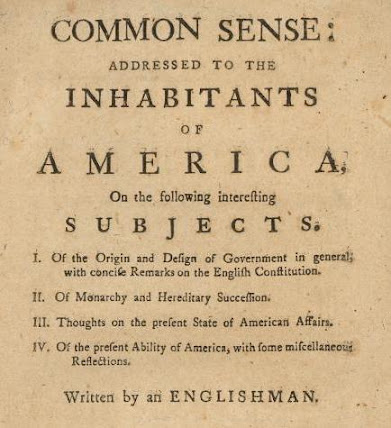Choose the letter of the correct answer. Write E if you think there is no correct answer.
1. He was the last Spanish Governor-General in the Philippines.
A. Diego de los Rios
B. Basilio Agustin
C. Miguel Lopez de Legazpi
D. Narciso Claveria
2. Rizal's loneliness is profoundly expressed in this
poem which has the lines, "His lyre had long ago become so mute and
broken; his use stammers and no longer smiles at him." What is the title
of the poem?
A. Remembrance to my Hometown
B. They Ask Me for Verses!
C. Our Mother Tongue
D. Intimate Alliance Between Religion and Education
3. Which of the following countries is located in Central
America:
A. Mexico
B. Puerto Rico
C. Panama
D. Colombia
4. Corazon Aquino is to Freedom Constitution as Ferdinand
Marcos is to______
A. Subservience to America
B. Ties with Asian nations
C. "Filipinos First" policy
D. New society
5. For the organization and registration of a cooperative,
what is the required minimum number of persons?
A. 15
B. 20
C. 25
D. 30
6. The earliest form of government of the Filipinos was?
A. Pueblo
B. Barangay
C. Encomienda
D. Alcaldia
7. The 1987 Constitution empowers the president to declare
martial for ____ days.
A. 30
B. 45
C. 60
D. 90
8. Which is a safeguard against unfair trade practices
like short-weighing?
A. Total Quality Movement
B. Consumerism
C. Consumer vigilance
D. Substandardization
9. In which organization is the Philippines a member
to fight communist aggression?
A. APEC
B. NATA
C. ASEAN
D. SEATO
10. Australia is the smallest continent, but the biggest island.
A. Only the first clause is correct.
B. Only the second clause is correct.
C. Both clauses are correct.
D. Both clauses are wrong.
11. Which Philippine island is called "The Last Frontier"?
A. Batanes
B. Palawan
C. Mindanao
D. Sulu
12. The ________ Festival is a famous and religious and cultural festival in Iloilo City, Philippines held on the 4th Sunday of January.
A. Sinulog
B. Ati-atihan
C. MassKara
D. Dinagyang
13. Which change is bought about by discovery or modernization
to increase production?
A. cultural change
B. societal change
C. technological change
D. social change
14. Which area of the world has been described as the
“symbol of worldwide demographic, environmental and societal stress/problems”?
A. Africa
B. Asia
C. South America
D. North America
15. It is considered as one of the worst eruptions of the century that almost affects the earth’s atmosphere due to its ash falls.
A. Mt. Hibuk-Hibok
B. Taal Volcano
C. Mt. Mayon
D. Mt. Pinatubo
16. This is the known Peninsula in Europe that occupied
by Norway, Sweden, Denmark, Iceland, and Finland.
a. Apennines
B. Scandinavian
C. Balkan
D. Iberian
17. What do you call the new racial type created due to
intermarriages of most Caucasian and African slaves brought to Brazil and
Colombia?
A. Mulatto
B. Indian
C. Mestizo
D. Indio
18. Among the 5 continents below, arrange the
continents from smallest to biggest in terms of its population based on the
estimated 2020 data:
1. Africa 4. Australia/Oceania
2. Antartica 5. Europe
3. Asia
A. 5 3 1 2 4
B. 3 1 4 5 2
C. 2 4 5 1 3
D. 2 3 4 1 5
19. It refers to the agency through which the will of the state is formulated, expressed, and carried out.
A. Government
B. Sovereignty
C. Constitution
D. Law
20. The government which Spain established in the Philippines
was defective. It was a government for the Spaniards and not for the Filipinos.
A. Only the first statement is true and correct.
B. Only the second statement is true and correct.
C. Both statements are true and correct.
D. Both statements are untrue and incorrect
ANSWERS:













